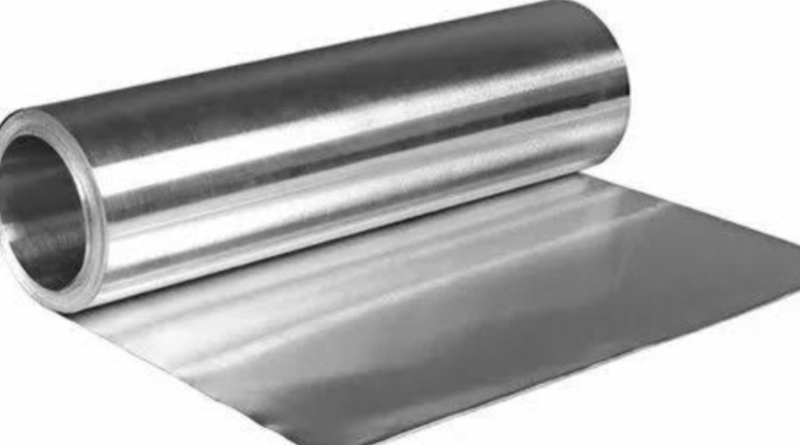Confused between the dull and glossy sides of the aluminum foil? Now here’s what you need to know about.
Should you store your food on one side or both sides of the aluminum foil?
We couldn’t have enjoyed recess in our early years without our food being properly wrapped in foil and kept in lunchboxes. You’ll find them in the kitchens of most Indian homes, trusted for their adaptability and long-lasting freshness.
It’s common knowledge that aluminum foils have two sides: shiny and dull. However, which side is superior for food storage or wrapping?
Whether using aluminum foil for cooking or food storage, there isn’t much of a difference between the glossy and dull sides in terms of nutrition and food safety.
The manufacturing process is the cause of the variance in appearance; it has no bearing on the food’s safety or health when it comes into contact with either side of the foil. “Using either the dull or shiny side of aluminum foil for wrapping or cooking foods does not inherently affect the nutritional value or composition of the foods.” Using aluminum foil does not significantly change the food.
The nutritional outcome is significantly more affected by the type of cooking method (such as baking versus grilling) and the ingredients than by the foil type.
Does utilizing one side of aluminum foil instead of the other pose any possible health risks?
The possible migration of aluminum into food is the main health issue associated with the use of aluminum foil for cooking or storage. Health officials, however, generally consider this migration to be safe because it is limited.
This component is not greatly affected by the decision to use the glossy or dull side. The small chance of aluminum migration is more closely associated with cooking extremely acidic or salted dishes, as this may increase the amount of metal that seeps into the food.
Some suggestions or best practices for preparing food with aluminum foil that guarantee food safety and nutritional integrity:
Side preference: Considering that there isn’t much of a difference, users are free to select either side according to convenience or personal preference.
When covering or wrapping food for display, the shiny side is frequently taken into account for its visual attractiveness.A
cidic and salty foods: To reduce aluminum migration, it may be wise to put an extra barrier (like parchment paper) between the meal and the foil while cooking acidic or salty foods (like tomatoes or citrus).
High-temperature cooking: To lessen the possibility of any possible aluminum migration, make sure the foil does not come into direct contact with the food when cooking at a high temperature.
High-temperature cooking: To lessen the possibility of any possible aluminum migration, make sure the foil does not come into direct contact with the food when cooking at a high temperature.
Storage: Aluminum foil can be used on either side without compromising the safety of the food. On the other hand, utilizing containers made for long-term storage and making sure food is properly sealed can add further safety and maintain nutritional quality for longer storage times.




